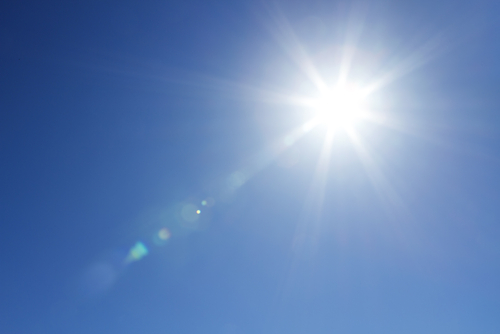Different types of pollen, released at varying times throughout the year, cause millions to suffer from hay fever and other allergies and these symptoms can have a serious impact on well-being. The Met Office counts pollen from March to August, however, pollen can be in the air much earlier – from January right through to November.
The pollen season has three main pollen type phases:
- Tree pollen – late March to mid-May.
- Grass pollen – mid-May to July.
- Weed pollen – end of June to September
Our pollen calendar has a detailed breakdown of the different types of pollen and their peak times within a season. We manage the only pollen count monitoring network in the UK using information from our network, our weather data and expertise from organisations such as the National Pollen and Aerobiological Unit and PollenUK to produce forecasts that help support allergy and hay fever sufferers through the most difficult time of the year.
There are millions of hay fever sufferers across the UK, and the Met Office forecasts provide vital information to help reduce the impact pollen has on their health. At this time of year, tree pollen is more prevalent with grass and weed pollens becoming more prevalent from mid May onwards.
Yolanda Clewlow said: “The best way to manage your condition, if you suffer from hayfever, is to keep an eye on the Met Office pollen forecasts to help you understand the best time to take appropriate medication and avoid exposure to pollen.”
We provide free, public pollen forecasts to all of the UK.
Pollen Diary
As part of an important Europe-wide study, hay fever sufferers are recording their symptoms online through the European Aeroallergen Network (EAN) Patient’s Hay fever Diary.
Document your symptoms and compare them with concentrations of pollen in the air, to help identify which pollen you are allergic to, look back at pollen levels from previous seasons and read the latest pollen news. This is a long-term study that will significantly aid research into pollen and hay fever.
Sign up to the pollen diary.
Pollen Maps
Together with Public Health England we have produced species location maps for the south west of key allergenic plant species (Cornwall, Devon, Somerset). The maps show the locations of six different tree and plant species – grass, alder, ash, birch, oak and pine – key allergenic plants for asthma and hayfever.
The pollen forecasts are part of a range of weather-related services offered by the Met Office, which include UV index, Heat Health watch and data supporting the UK air quality forecasts.
© Met Office






